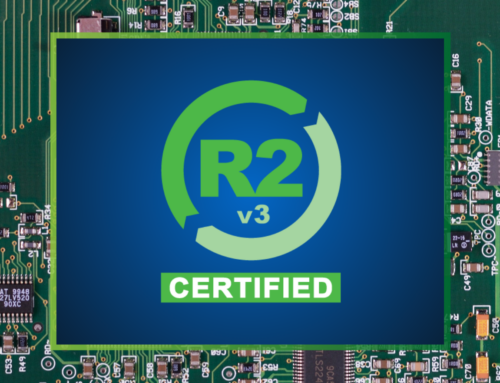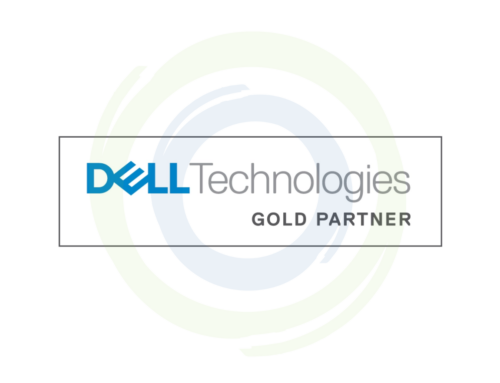With climate change and environmental sustainability at the forefront of global conversations, the concept of ‘Green IT’ has emerged as a vital strategy in the corporate world. Green IT, or green computing, involves the environmentally responsible use and management of information technology. It’s an approach that is increasingly being adopted by companies as part of their corporate social responsibility (CSR) initiatives, not only to minimize their environmental impact but also to set a precedent in the industry for sustainable practices.
The Rising Trend of Green IT in Corporate Responsibility
The integration of Green IT into corporate responsibility is not just about reducing the carbon footprint; it’s about creating a sustainable future for technology. Companies across various sectors are realizing the importance of environmentally friendly practices in IT, and are implementing strategies that emphasize energy efficiency, reduced e-waste, and sustainable resource use.
For instance, tech giants like Google and Apple have been leading the way in using renewable energy sources to power their data centers. Google’s commitment to carbon neutrality has led them to invest in renewable energy projects around the world, significantly reducing their environmental impact. Apple, too, has made headlines for its efforts to operate all its facilities worldwide on 100% renewable energy.
The Role of E-Waste Management
One of the key components of Green IT is the management and reduction of electronic waste (e-waste). The rapid advancement of technology inevitably leads to a quicker turnover of electronic devices, contributing to the growing problem of e-waste. This is where companies can make a significant impact through responsible disposal and recycling of electronic equipment.
At Summit 360, services such as our money-saving Buyback and IT Asset Disposition (ITAD) value recovery programs, play an essential role in e-waste management. Our process ensures that used IT equipment is disposed of responsibly, by being reused, remarketed, donated or e-recycled. By offering these sustainable solutions, Summit 360 helps companies in reducing their environmental impact and contributing to the circular economy.
Energy Efficiency and Green Data Centers
Another critical aspect of Green IT is energy efficiency, particularly in data centers. Data centers consume a significant amount of energy to power and cool the massive amounts of equipment they house. Many companies are now focusing on making these facilities more energy-efficient and environmentally friendly.
For example, Facebook’s data centers use 38% less energy than traditional data centers. They achieve this through innovative cooling techniques and energy-efficient hardware. Similarly, Microsoft has been experimenting with underwater data centers to leverage natural cooling and reduce energy consumption.
Sustainable IT Procurement and Lifecycle Management
The procurement of IT hardware is another area where companies can make a substantial environmental difference. Opting for energy-efficient and environmentally certified devices can significantly reduce a company’s carbon footprint. Additionally, lifecycle management of IT equipment, focusing on extending the life of devices and repurposing or refurbishing older equipment, plays a crucial role in sustainable IT practices.
Companies like Dell, HPE and Lenovo offer a range of eco-friendly products, from laptops to servers, designed with sustainability in mind. They focus on energy efficiency and use recycled materials in their products, thereby minimizing their environmental impact.
Corporate Training and Employee Engagement
Besides implementing sustainable practices, companies are also focusing on training and engaging their employees in Green IT initiatives. Educating employees about energy-saving practices, responsible use of resources, and the importance of recycling can have a significant cumulative impact on the environment.
Challenges and the Road Ahead
While the adoption of Green IT practices is gaining momentum, it is not without its challenges. The initial costs of implementing sustainable technologies and processes can be high. However, the long-term benefits, both environmental and economic, are substantial. As more companies recognize the importance of integrating Green IT into their corporate responsibility, the collective impact on the environment can be hugely positive.
Clearly, the integration of Green IT into corporate responsibility is an essential step towards a sustainable future. By managing e-waste responsibly, optimizing energy efficiency, and engaging in sustainable procurement, companies are not only reducing their environmental impact but also setting a new standard for corporate sustainability. The journey towards a greener IT industry is ongoing, and every step taken in this direction makes a significant difference in the fight against climate change.
For over 30 years Summit 360 has specialized in helping leaders manage IT equipment lifecycles: from strategic sourcing and supplying new, recertified, and refurbished networking, server, storage equipment to secure and responsible reuse or disposal. Learn more here.




